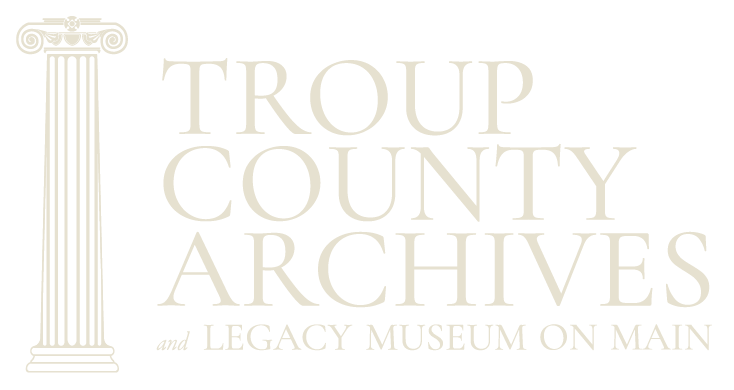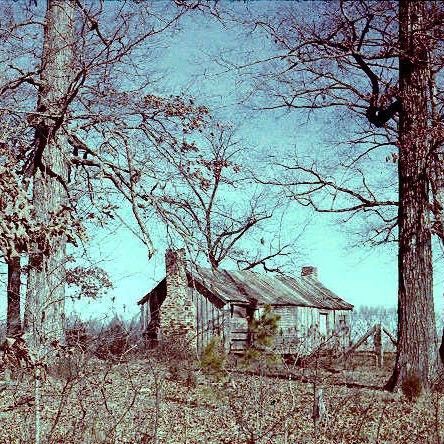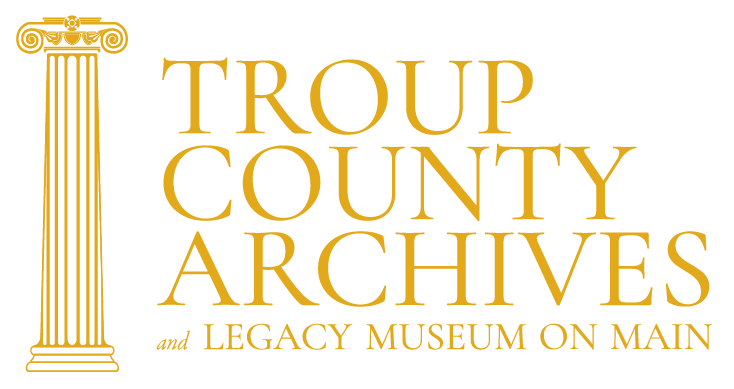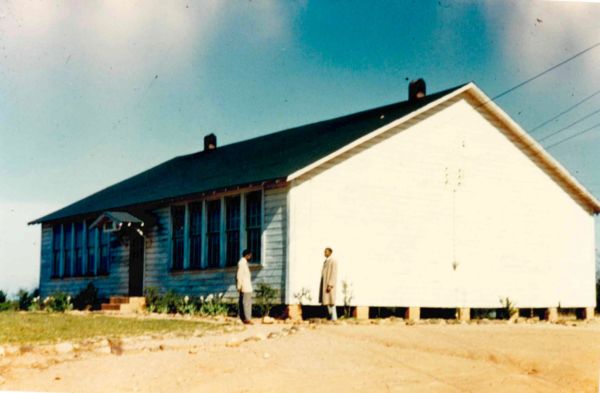
Within our stacks, we have a small collection of just over thirty photographs. Surprisingly, these photographs dating to the late 1940s and early 1950s are not rendered in the black and white that is common to the period, but in glorious color. These photographs are a record of African-American life in the county as recorded by E. E. Williamson, the county’s Negro extension agent.
These photographs date to a period where much of African-American life was not diligently recorded. The newspapers of the period didn’t often report the details of Black life and when they did, the details reported were vague and sketchy. However, the details recorded in these photographs are almost fresh and modern gleaming in glorious color.
When the Troup County School System was formed in 1871, all education was rudimentary. In 1871, the school system consisted of a board of education given purview over a motley multitude of small—often one or two-room with just as many teachers—schools scattered throughout the county. The first school board members, who were often just prominent men of the community didn’t have the knowledge of experience in running schools at all. And, to make matters worse, state laws prevented them from raising money.
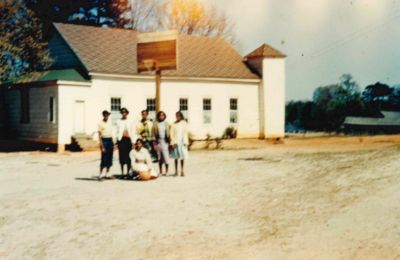
In 1892, there were 71 public schools in the county, 34 for White children and 37 for African-American children. While the number of schools varied over the years, White children were given top priority in funding and resources, though there were more schools for African-American students. Along with the old school buildings, the histories of these African-American schools have been neglected and forgotten.
Around 1948, the school system closed many of these small African-American schools and consolidated their students into six schools. Sadly, of these six consolidated schools, little is still known. But, Mr. Williamson was able to photograph these schools during his time as county agent. We can’t be certain that he knew he was doing important work, though we can say that his images are the only known images of some of these early African-American schools. We are grateful that he preserved the existence of these schools on film.
The white, clapboard school with two men standing in front is the Davis School. This schoolhouse was located at Wares Cross Roads at the intersection of what is now Mooty Bridge Road (GA 219), Wares Cross Road and Cameron Mill Road. The school was formed by the consolidation of seven one-teacher schools: Rising Grove, Canaan, Smyrna, Young, Boozer Chapel, Rocky Mount, and Shiloh. According to Louise Patterson’s 1976 history of the county school system, “These schools were housed in three church, one Rosenwald building, and three poorly constructed wooden buildings. They were approximately four to five miles apart.” This with the photograph showing a group of teachers and students standing at the corner of a school building are the only known images of the Davis School.
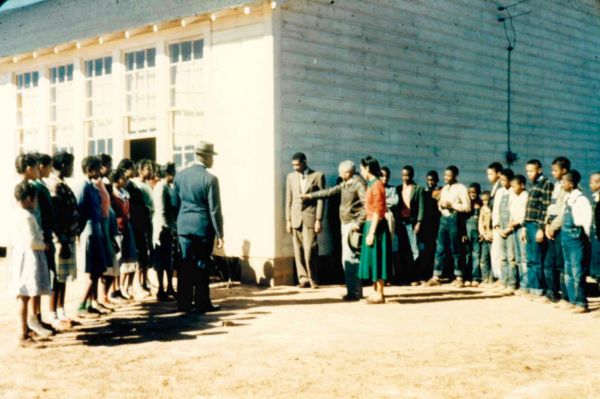
Davis School
Ebenezer School was located in southeast Troup County. When the schools were consolidated, students from four nearby schools—Mount Airy, Bright Star, William Grove, and Sunshine—were brought here and the building constructed using materials from war surplus buildings near Columbus that had been brought here by local parents. The photograph of Ebenezer School shows a small, white clapboard building with a longer wood frame building extending off the back. Like the Davis School photograph, this is the only image we have of this school as well.
Mount Beulah School was taught inside Mount Beulah Church at Lee’s Crossing until 1948, when a three-room school was constructed. In 1955, the school was given a much larger building and turned into the consolidated African-American high school for the county. It was also renamed Ethel Kight High School to honor the Assistant Superintendent for African-American schools in the system. This photograph likely predates the construction on the three-room building in 1948 and shows the church where the students first met. A group of children pose in front of a handmade basketball hoop beside the church.
If you happen to have anything relating to these schools, the Archives would be very interested in adding those items, or copies of those items, to our collections.
